New Year Traditions in Spanish-Speaking Cultures

As the clock strikes midnight on December 31st, people around the world gather to bid farewell to the old year and welcome the new one with open arms. In Spanish-speaking cultures, New Year's Eve, or "Nochevieja," is a time of vibrant celebrations, rich traditions, and heartfelt wishes for the future. From Spain to Latin America, the ways in which the new year is celebrated vary, but they all share a common thread of unity, joy, and hope. Here are some of the unique customs and festivities that make New Year's in Spanish-speaking countries a truly special occasion.
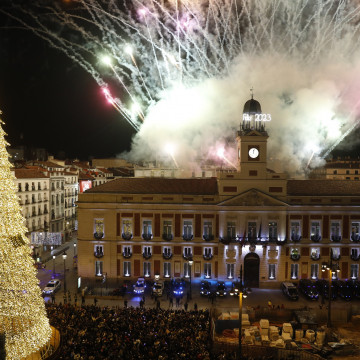
The Countdown to Nochevieja
In Spain and many Latin American countries, the preparations for Nochevieja begin weeks in advance. Streets are adorned with colourful lights, and public spaces transform into lively hubs of activity. Families and friends come together to plan their celebrations, ensuring that the last night of the year is memorable and filled with joy.

The Twelve Grapes of Luck
One of the most cherished traditions in Spain is the "Las doce uvas de la suerte" or "The Twelve Grapes of Luck." As the clock strikes midnight, it is customary to eat one grape with each chime, symbolising good fortune for each month of the upcoming year. This tradition is believed to bring prosperity and ward off evil spirits. In some households, it's even considered a competition to finish all twelve grapes before the final chime!

First-Footing in Latin America
In various Latin American countries, "Año Nuevo" is welcomed with a unique tradition known as "primero de año" or "first-footing." The first person to enter a home after the stroke of midnight is said to bring good luck for the coming year. It is customary to carry gifts, such as coins or bread, as symbols of abundance and prosperity.
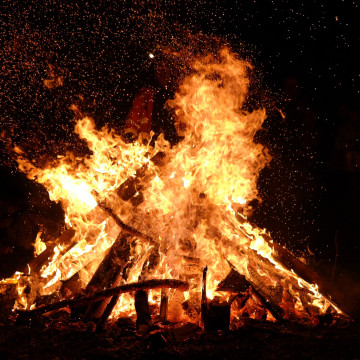
Burning the "Año Viejo"
In many Latin American countries, saying goodbye to the old year is a symbolic act. Families create effigies, known as "Año Viejo" or "Old Year," which represent the past year's challenges and setbacks. At midnight, these effigies are set ablaze, signifying the cleansing of the past and the fresh start that the new year promises.
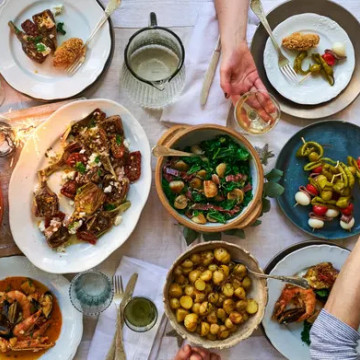
Midnight Toasts and Festive Feasts
No New Year's celebration is complete without a toast to the future. In Spanish-speaking cultures, this often involves raising a glass of sparkling cider, champagne, or "cava" in Spain. The clinking of glasses and heartfelt well-wishes are exchanged, creating a sense of unity and shared optimism for what lies ahead.
Following the toasts, families and friends gather around the table for a feast of traditional dishes. In Spain, "Cordero Asado" (roast lamb) is a popular choice, while in Latin America, "Cordero al Palo" (spit-roasted lamb) or "Pernil" (roast pork) take centre stage. These sumptuous meals are a testament to the abundance and blessings that the new year is expected to bring.
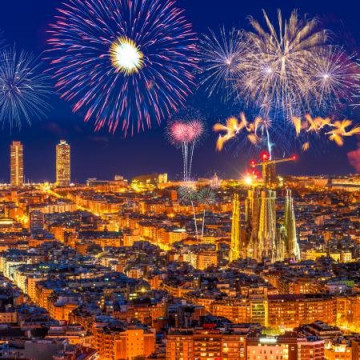
A Night of Celebration and Dance
As the night progresses, the celebrations continue with music, dance, and lively festivities. In Spain, it is common to attend "cotillones," which are large New Year's Eve parties that feature live music and dancing. In Latin America, the streets come alive with vibrant processions, fireworks, and communal gatherings, creating an atmosphere of infectious joy and camaraderie.
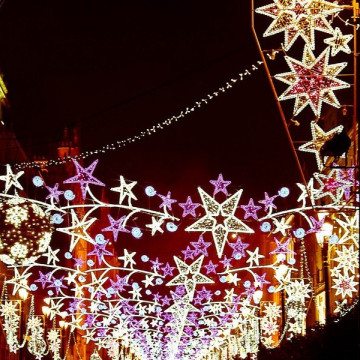
Reflecting on the Significance
The celebration of New Year's in Spanish-speaking cultures is not merely a superficial observance, but a profound expression of cultural identity and collective hope. The traditions, passed down through generations, serve as a bridge between the past and the future, reminding us of our shared values and aspirations.
In the act of consuming the twelve grapes, we acknowledge the passing of time and the cyclical nature of life. Each grape represents a month, a fresh start, and an opportunity for growth. It's a powerful reminder that, no matter the challenges we face, the potential for positive change is always within reach.
The burning of the "Año Viejo" is a symbolic cleansing, a way of leaving behind the burdens and sorrows of the past. It's a communal act, uniting families and communities in their collective pursuit of a brighter future.
As we usher in the new year, let us take inspiration from these cherished customs and embrace the promise of a fresh start. May the traditions of Spanish-speaking cultures serve as a reminder that, regardless of our backgrounds, we are all connected in our shared pursuit of happiness, prosperity, and a brighter future. Let us step forward into the coming year with hearts full of hope, ready to face whatever challenges and joys it may bring.
¡Feliz Año Nuevo!